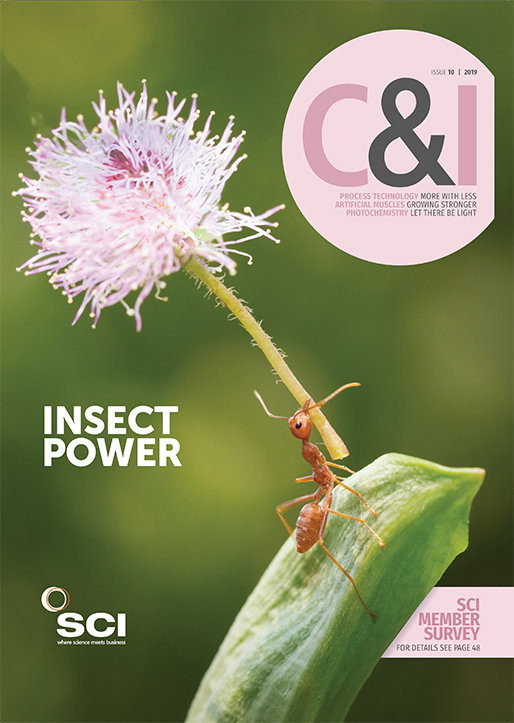The University of St Andrews has received a £12m boost from the UK’s Faraday Institution to create a safe Na-ion battery with high performance, low cost and a long cycling life. UK battery company Faradion is also part of the new NEXGENNA (Next generation sodium ion batteries) project and has previously demonstrated Na-ion batteries in e-bikes.
The relatively low cost of these batteries makes them attractive for stationary energy storage from wind and solar farms. ‘Sodium ion works in much the same way as lithium-ion batteries, so can enter the market relatively quickly,’ says Robert Armstrong, a battery chemist at the University of St Andrews. While lithium-ion batteries have graphite as a negative electrode, and metal oxides with cobalt as a positive electrode, research is still under way to find the best materials for Na-ion.
While the positive electrode will be a layered metal oxide, expensive cobalt is not necessary. ‘You don’t need cobalt to stabilise a layered material in a sodium-ion battery,’ says Armstrong. ‘And because sodium is bigger, you have a wider range of transition metals to choose from [including iron]’. Also, aluminium can be used instead of copper in the current collector, which reduces the cost and weight of Na-ion batteries.
Sodium-ion proponents are eyeing up more than stationary applications. ‘If you are looking at very low-cost transportation, in developing countries like India, or for big transport like ships or trains, then you could envisage sodium being the major player,’ says John Irvine, a materials scientist at the University of St Andrews.
Sodium-ion batteries rely on electrolyte chemistry similar to that of Li-ion batteries, but Armstrong says that ‘lithium is quite a peculiar, unusual ion, quite small, and there may be opportunities to improve the electrolyte a lot for sodium’.
Meanwhile, a materials chemist Magda Titirici at Imperial College London, who is not part of the Faraday consortium, is focusing on improving the negative electrode of Na-ion batteries. She relies on disordered carbonaceous material called hard carbon that can be made out of waste organic materials and is collaborating with Chinese company HiNa Battery Technology (C&I, 2019, 1, 7). Titirici estimates that Na-ion batteries could be 50% cheaper than Li-ion batteries.
Irvine says he would be disappointed not to see commercialised Na-ion batteries within 12 months. ‘I would say this technology is commercial, but not manufactured yet. It is right on the cusp,’ says Armstrong.





